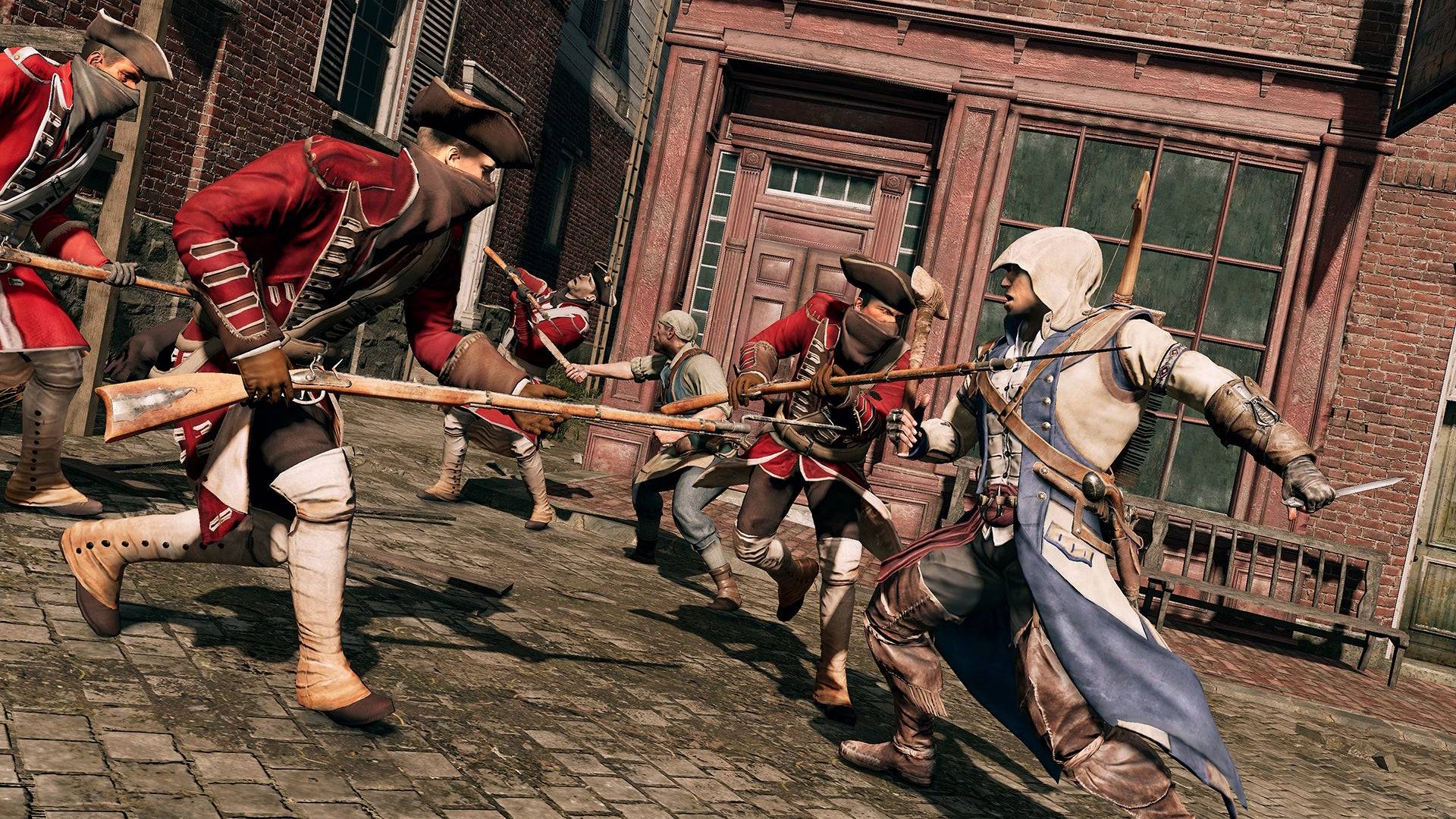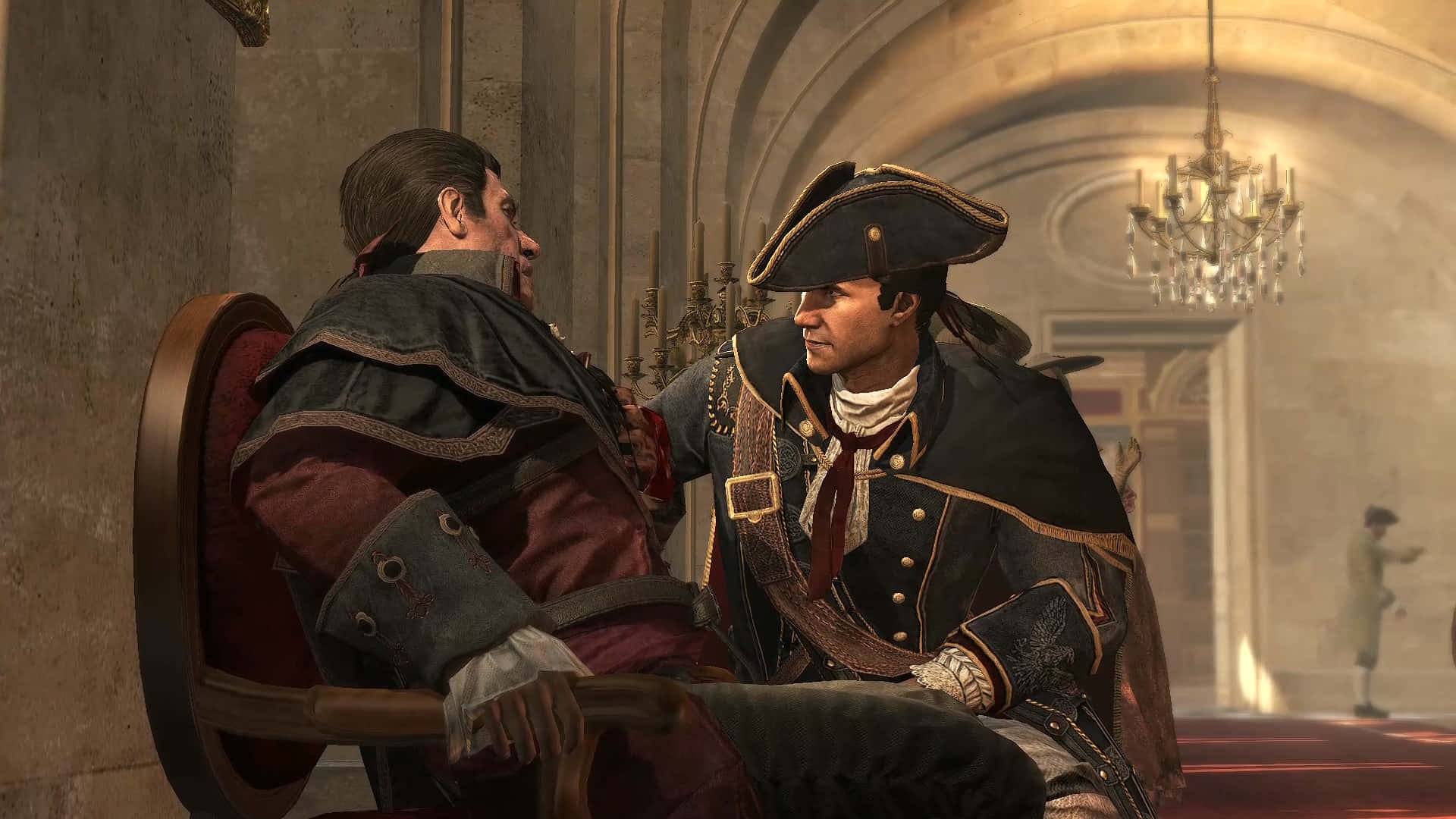One of the most unforgettable moments in the Assassin’s Creed series unfolds near the beginning of Assassin’s Creed 3, as Haytham Kenway assembles his team of supposed assassins in the New World. Throughout the initial stages of the campaign, Haytham captivates players with his charisma, reminiscent of the beloved Ezio Auditore, and heroic deeds, such as freeing Native Americans from prison and confronting British redcoats. However, the revelation comes when he utters the Templar creed, "May the Father of Understanding guide us," exposing him as a Templar rather than an assassin. This twist masterfully encapsulates the potential of the Assassin’s Creed narrative, blurring the lines between hero and villain.
The original Assassin’s Creed introduced a compelling concept of tracking, understanding, and eliminating targets, but it lacked depth in its storytelling and character development. Assassin’s Creed 2 improved upon this by introducing the iconic Ezio, yet it failed to enrich the adversaries with the same level of detail. It wasn’t until Assassin’s Creed 3, set against the backdrop of the American Revolution, that Ubisoft truly fleshed out both the protagonists and antagonists, creating a seamless narrative flow and a harmonious blend of gameplay and story. This balance remains unmatched in subsequent titles.

While the current RPG-centric era of Assassin’s Creed has garnered positive feedback, many fans and critics argue that the series is on a downward trajectory. The reasons for this perceived decline vary, from the increasingly fantastical elements, such as battles against mythological figures like Anubis and Fenrir, to the introduction of diverse romance options and the inclusion of historical figures like Yasuke in Assassin’s Creed Shadows. However, the root cause may lie in the series' shift away from character-driven storytelling, which has been overshadowed by expansive sandbox elements.
Over time, Assassin’s Creed has evolved, integrating RPG mechanics like dialogue trees, XP-based leveling, loot boxes, microtransactions, and gear customization. While these additions have expanded the scope of the games, they have also diluted the storytelling experience. Despite having more content, games like Assassin’s Creed Odyssey often feel less polished and immersive compared to their predecessors. The scripted narratives of the earlier action-adventure titles allowed for well-defined characters, whereas the broader, player-choice-driven narratives of the newer games can feel less cohesive and less engaging.
The quality of writing has also diminished in other aspects. Modern games tend to simplify the moral dichotomy between Assassins and Templars, while earlier titles, such as Assassin’s Creed 3, explored the gray areas between the two factions. The final words of defeated Templars in AC3 challenge Connor's beliefs, prompting players to question the narrative they've been following. Haytham's attempts to undermine Connor's trust in George Washington further complicate the storyline, leaving players with more questions than answers—a testament to the strength of the narrative.

Reflecting on the franchise's history, the iconic track "Ezio’s Family" from Assassin’s Creed 2, composed by Jesper Kyd, resonates deeply with players, becoming the series' official theme. This track and the PS3-era games, particularly Assassin’s Creed 2 and Assassin’s Creed 3, were fundamentally character-driven, with "Ezio’s Family" evoking Ezio’s personal loss rather than merely the game’s setting. Despite the impressive worldbuilding and graphics of the newer titles, there is a longing for the series to return to its roots, delivering focused, character-centric stories. In an industry increasingly favoring expansive sandboxes and live service models, however, such a return may be considered unprofitable.








